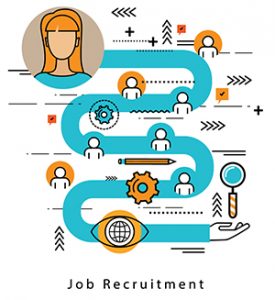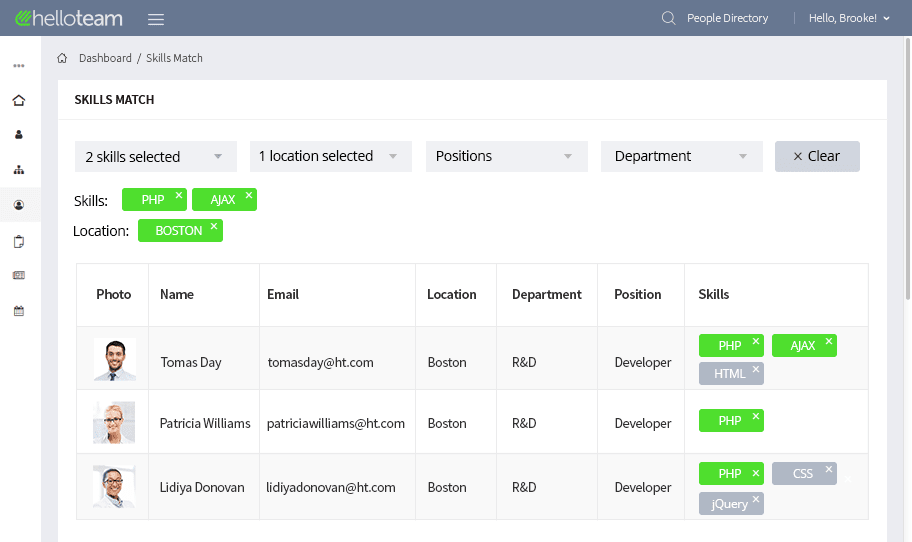The negative impact of employee turnover, and the positive value of employee retention, cannot be understated. We tend to receive more satisfaction from jobs that match not only our skills but also interests and personality traits.The process by which we match candidates is the most critical (and controllable) part in developing a well-functioning team.
Although the right skillset may seem like the most critical factor in determining a good fit, it is not the case. Skills can be acquired, but personalities cannot. When making hiring decisions or determining optimal internal alignment, companies are beginning to assign equal weight to the three critical matches:

- Technical Competences (skills match)
- Attitudes (organizational match)
- Interests/Personality Traits/Cognitive Ability (job match)
If either is misaligned, the employee’s long-term outlook with the company becomes hazy at best. It is unrealistic to expect continued performance from someone whose interests and personality traits are mismatched with the job specifications, even though technical competence may appear on point. Someone who is an exceptional salesperson may be a disastrous manager of a sales team.

An employee who excels in a well-structured, predictable work environment may not thrive in the chaos or an early-stage startup. An extrovert who enjoys constant interaction and being part of a team may not be suitable for a solitary role that doesn’t require communication. If misalignment is not recognized and corrected, the employee is unlikely to perform up to par, may eventually become disengaged, bored, frustrated or leave in pursuit of a better alignment altogether. Companies are beginning to look at new hires and internal mobility through a 360-degree prism: does the candidate have the necessary skillset for a job is becoming equally as important as determining if the job is the right fit for the candidate.
When it comes to current employees, structured training may have a positive impact on the development of skills, if you know which skills need to be developed. The difficulty arises when training is introduced via a blanket approach without consideration of job match or without proper knowledge of the current skills the employee already possesses. It can be frustrating for the employee (and expensive for the company) to engage in training for a skill the employee may already have expertise in.
Making great hiring decisions and determining optimal internal alignment is really about making great 360-degree matches: finding the perfect mix of attitude, interests and technical ability in relation to a role. New technology, like HelloTeam’s platform for comprehensive employee engagement and talent management, can offer instant insights into skills, interests, professional aspirations and job alignment of your teams to help avoid such dilemmas.

Skills match in HelloTeam
Hire, promote and align employees with the organizational, skills, and job match in mind. Before you know it, you’ll become an expert at conducting 360-degree alignment of your workforce.

Authored by:
Andrei Kazlovich, Director of Operations at HelloTeam, Inc.